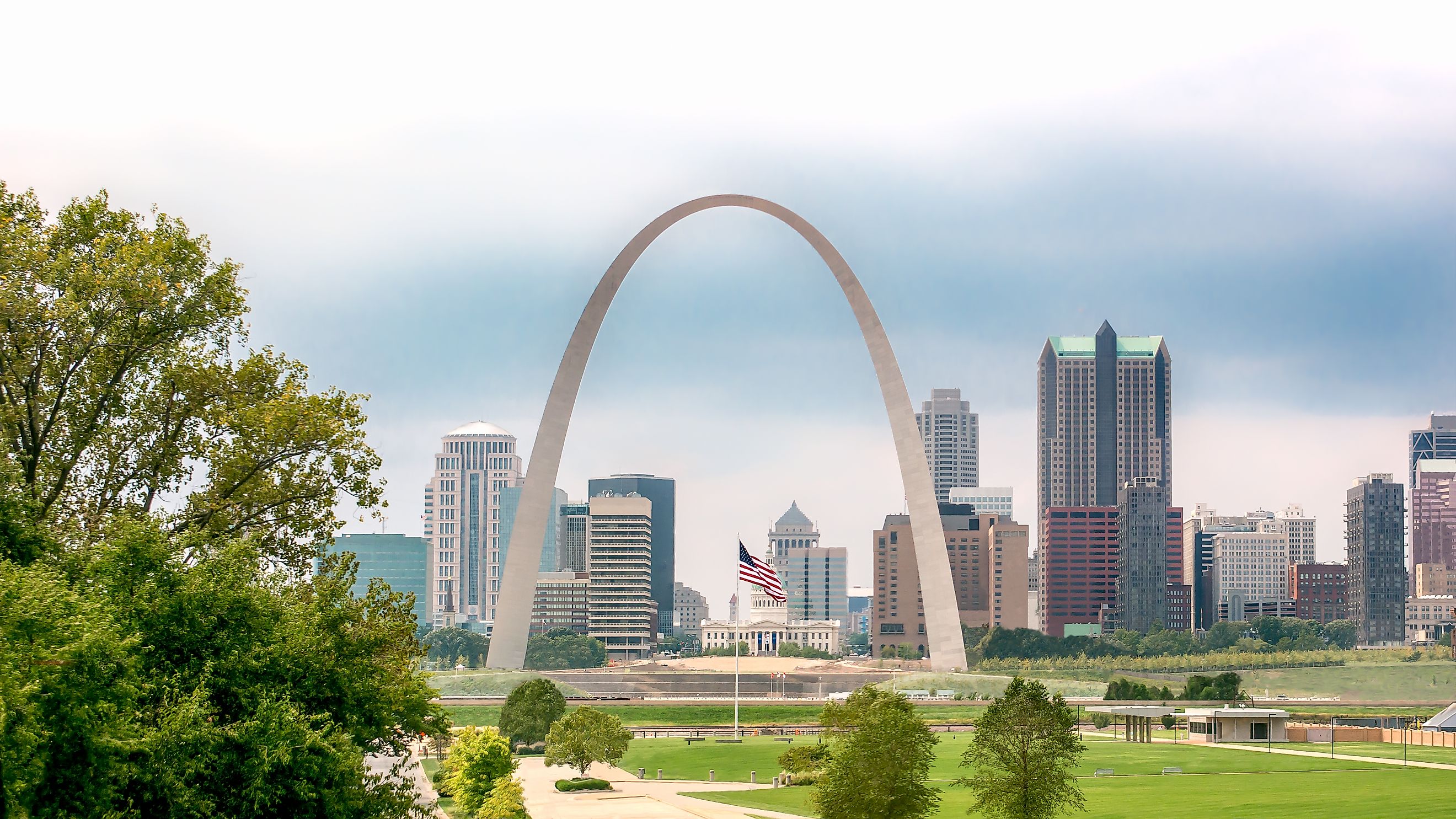
Gateway Arch
Standing tall along the west bank of the Mississippi River, the Gateway Arch in St. Louis, Missouri, is not only one of the most iconic landmarks in the United States but also a powerful symbol of America’s journey of exploration and expansion. This gleaming monument, a striking steel archway rising 630 feet into the sky, represents the country's historic role as the “Gateway to the West.” It commemorates both the Louisiana Purchase of 1803 and the subsequent westward expansion that transformed the nation. With its graceful, futuristic design and unique tram system, the Gateway Arch is a place where history and architecture converge.
The Story Behind the Gateway Arch
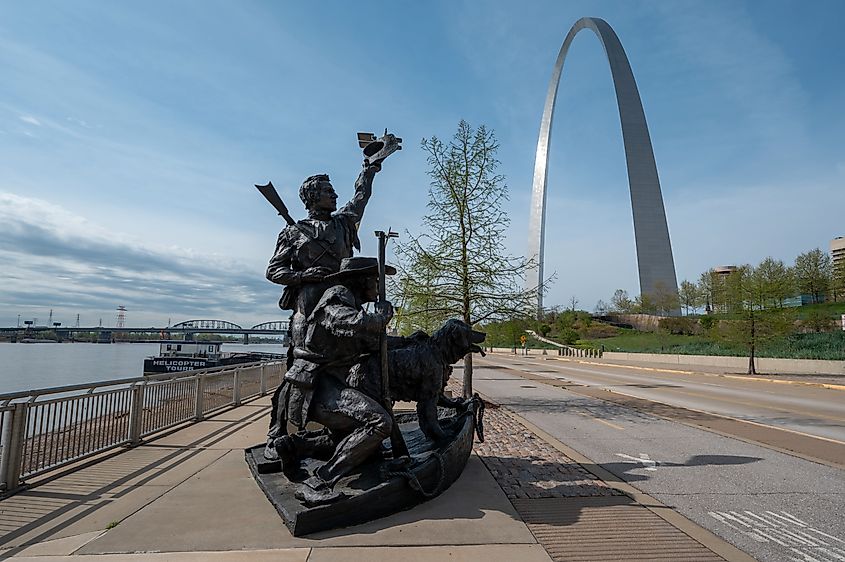
The Gateway Arch serves as a tribute to the westward expansion of the United States and the pioneers who ventured into the uncharted territories. The purchase of the Louisiana Territory in 1803 from France, which doubled the size of the country, set the stage for the monumental movement of settlers across the American continent. One of the most important events that preceded this migration was the Lewis and Clark Expedition (1804–1806), which began near the site of the Gateway Arch. These explorers mapped the uncharted western lands and established crucial routes for settlers heading west, bringing to life the idea of the United States expanding beyond the Mississippi River.
As such, the Gateway Arch is not just a visually stunning structure but also a commemorative landmark that marks the pivotal point in American history where the nation embarked on its westward journey. It is, without a doubt, a fitting representation of the country’s resolve, adventure, and boundless ambitions.
Architect Eero Saarinen’s Vision
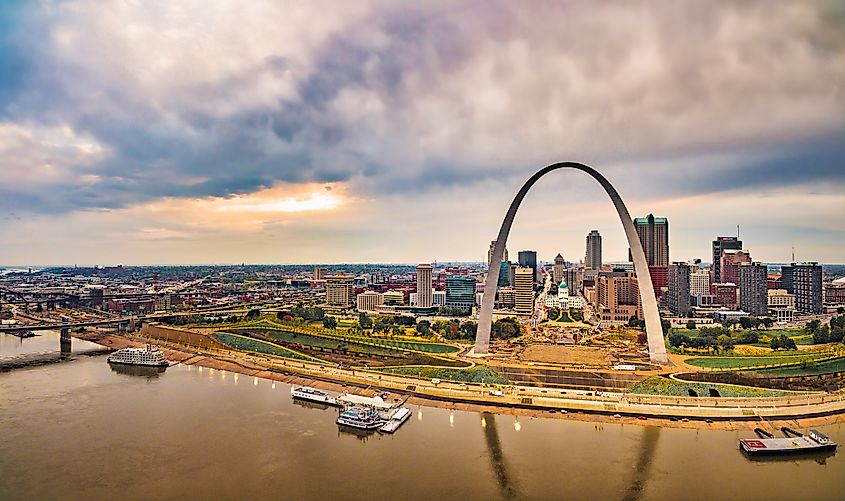
The idea for the Gateway Arch emerged in 1947 when the city of St. Louis sought to create a monument that would honor the westward expansion and the opening of the West. The design of the arch came as the result of a nationwide competition, and in 1948, Finnish-American architect Eero Saarinen’s proposal was selected. Saarinen’s design was revolutionary. Inspired by the natural beauty of an arch, he envisioned a smooth, sleek, and elegant structure that would symbolize the door to the West, an entryway into the unexplored frontiers of the American continent.
Saarinen’s vision was realized with the creation of the 630-foot stainless steel arch. Unlike traditional monuments, the Gateway Arch’s unique curvature and modern aesthetic reflect both a nod to the past and an eye to the future. The arch’s sleek design contrasts with the rustic and rugged image one might expect from a monument celebrating the frontier spirit, yet it captures the essence of American ingenuity and progress.
A Monument to the Westward Expansion
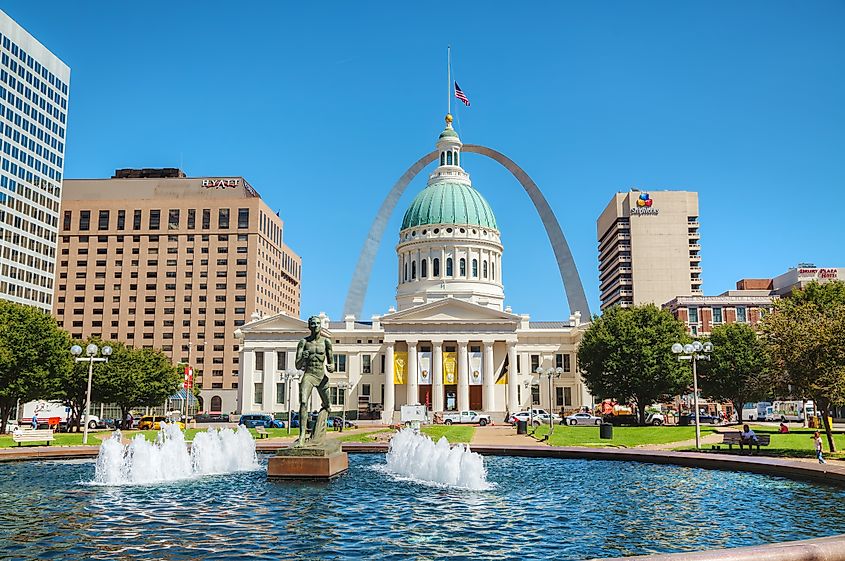
Officially opened on October 28, 1965, the Gateway Arch is a part of what was once called the Jefferson National Expansion Memorial, a national park set aside to honor the spirit of westward expansion. Today, it is officially known as Gateway Arch National Park, a 91-acre urban oasis in downtown St. Louis. Despite being the smallest national park in the United States, its significance is enormous. The park encompasses not only the towering Gateway Arch itself but also the nearby Museum of Westward Expansion and the Old Courthouse, where landmark legal cases such as the Dred Scott case were fought.
The Dred Scott case, in which an enslaved man named Dred Scott sued for his freedom, took place at the Old Courthouse, which stands just two blocks west of the Gateway Arch. This historic site adds another layer of depth to the park's significance, highlighting the complex history of race and freedom in the United States. The Dred Scott case, which went to the US Supreme Court, became a rallying point in the debate over slavery and brought the nation one step closer to the Civil War.
A Modern Architectural Marvel
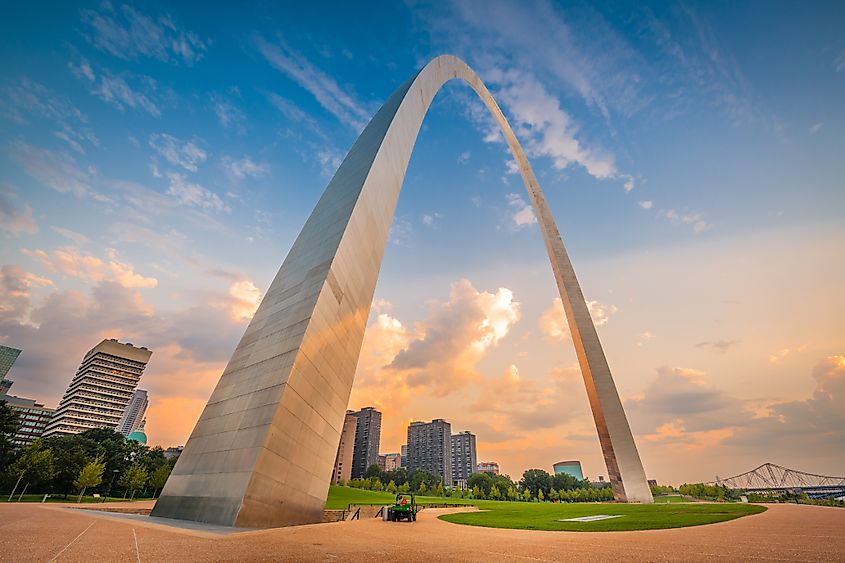
The Gateway Arch is a feat of architectural and engineering innovation. Standing at 630 feet, it is the tallest man-made monument in the United States and the world’s tallest arch. Its elegant, sleek design and stainless steel construction make it an enduring symbol of modernity and progress. Despite its towering height, the arch has an incredibly small base-to-height ratio, with the distance between its two legs exactly matching its height. This unique design allows the arch to stand strong against the elements, including high winds and earthquakes.
The construction of the Gateway Arch began in 1963, and it was completed in just over two years, costing less than $15 million. This remarkable efficiency in both design and construction has made the Gateway Arch not only an iconic monument but also a symbol of American ingenuity and determination. The arch was built with foundations sunk 60 feet into the ground, a crucial element for stabilizing such a massive structure. Today, it stands as a testament to both the power of architectural design and the historical significance it embodies.
The Gateway Arch Experience
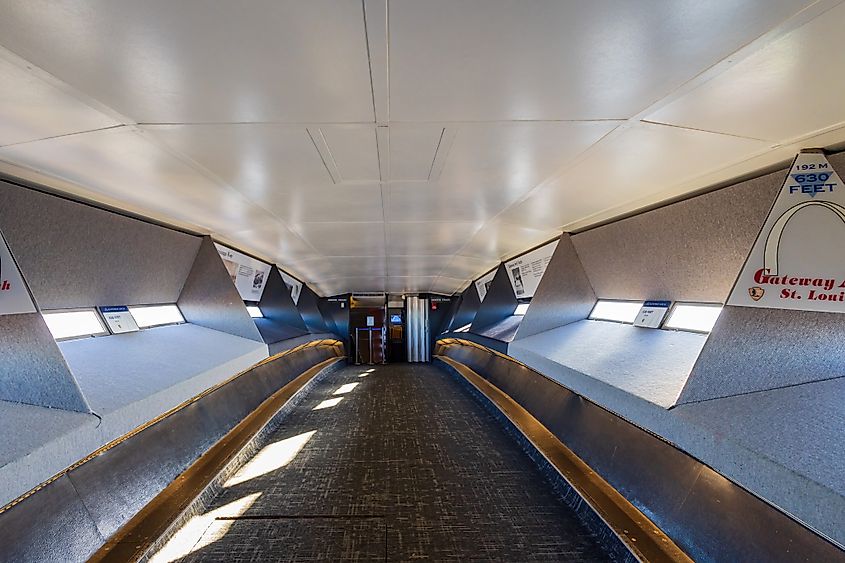
For visitors, the Gateway Arch offers more than just a breathtaking view of St. Louis and the Mississippi River. The experience begins with the opportunity to ride the unique tram system that takes visitors up to the viewing platform at the top of the arch. The tram consists of eight cars, each holding up to five people. The ride takes about four minutes, and as visitors ascend, they are treated to panoramic views of the city, the river, and the vast expanse of land beyond.
At the top of the arch, the viewing platform features 16 small windows that offer a 360-degree view. Half of the windows face east, overlooking the city of St. Louis, while the other half faces west, providing a view of the Mississippi River and the vast plains that stretch beyond. The views from the top are nothing short of stunning, and on clear days, visitors can see for miles in every direction.
Beneath the arch lies the Museum of Westward Expansion, a rich resource for understanding the history of the American frontier. The museum offers a range of exhibits showcasing life in the 1800s, including displays on the Lewis and Clark Expedition, the Louisiana Purchase, and the pioneers who made the arduous journey westward. One of the most fascinating exhibits focuses on the construction of the arch itself, allowing visitors to gain insight into the monumental task that went into bringing Saarinen’s vision to life.
Gateway Arch National Park
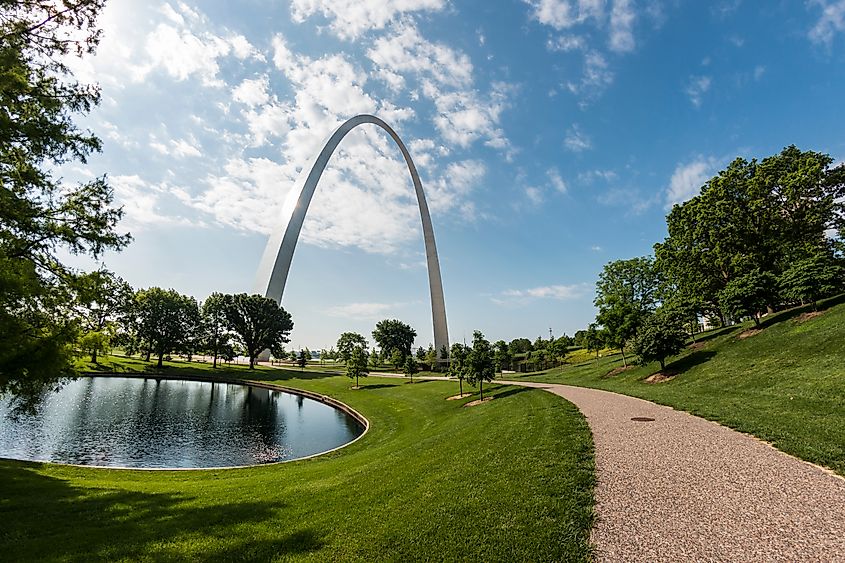
In addition to its historical and architectural significance, Gateway Arch National Park is a carefully maintained urban green space, designed to provide an oasis for both St. Louis residents and tourists. The park includes not only the arch and the museum but also grassy areas, trees, shrubs, and flowers, creating a tranquil setting in the heart of the city.
However, the park's ecological makeup is highly unnatural, with much of the landscaping consisting of monocultures that require intensive grounds management. This is particularly challenging given the heavy foot traffic the park receives, as well as the presence of pollution and noise in an urban environment. Nevertheless, the park's dedicated grounds crew works tirelessly to maintain its beauty, ensuring that the Gateway Arch remains a symbol of not only American history but also the country’s commitment to preserving its national treasures.